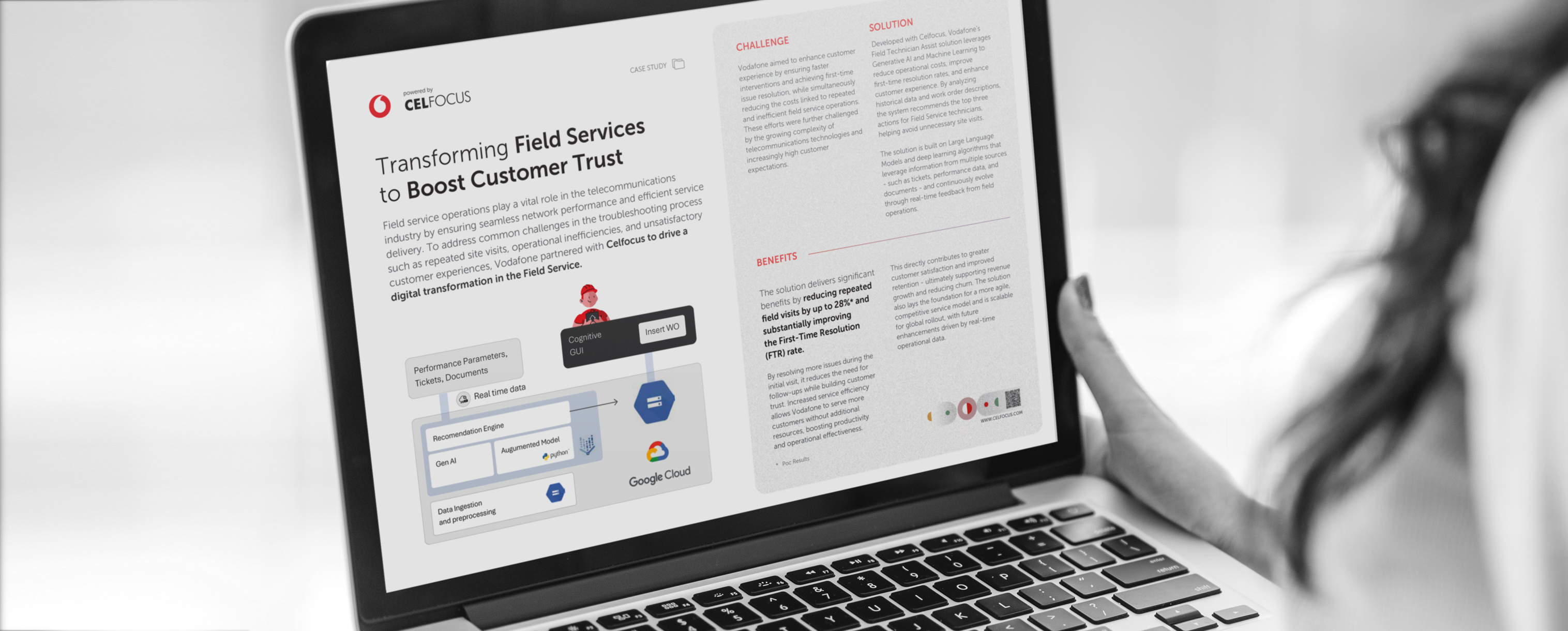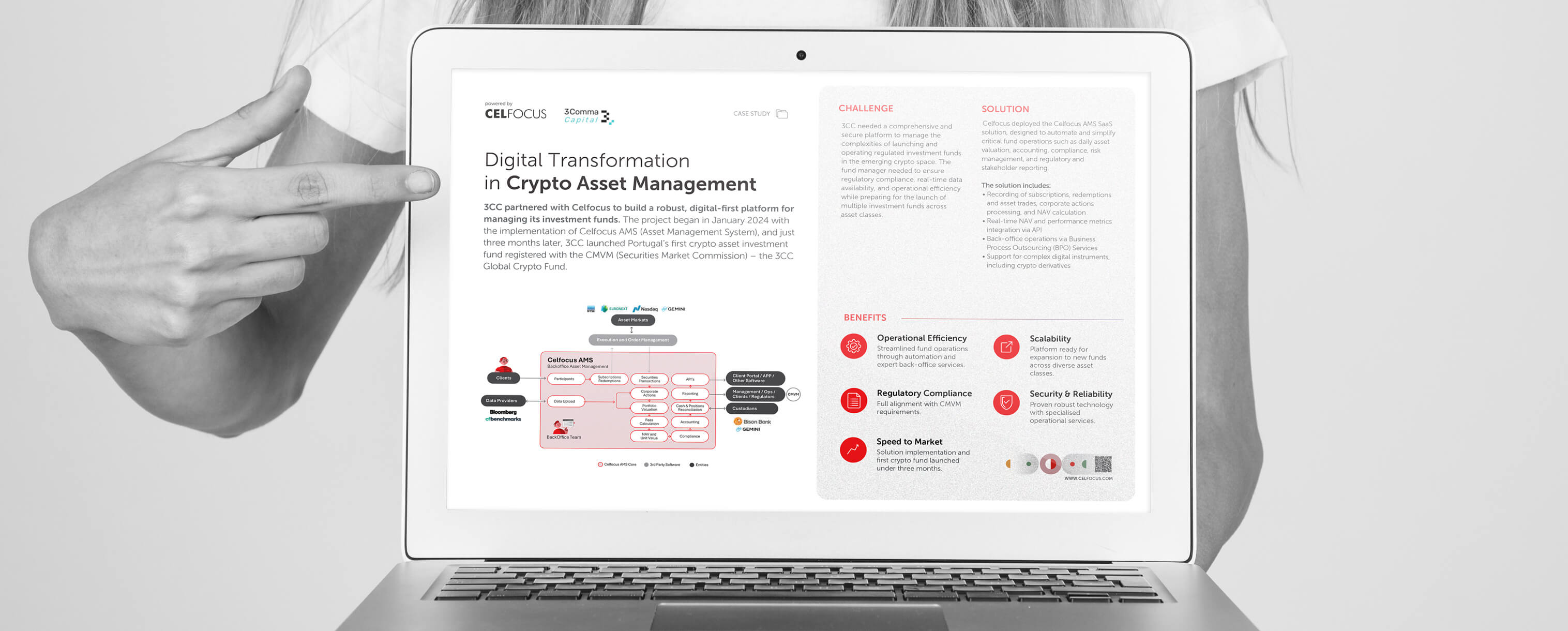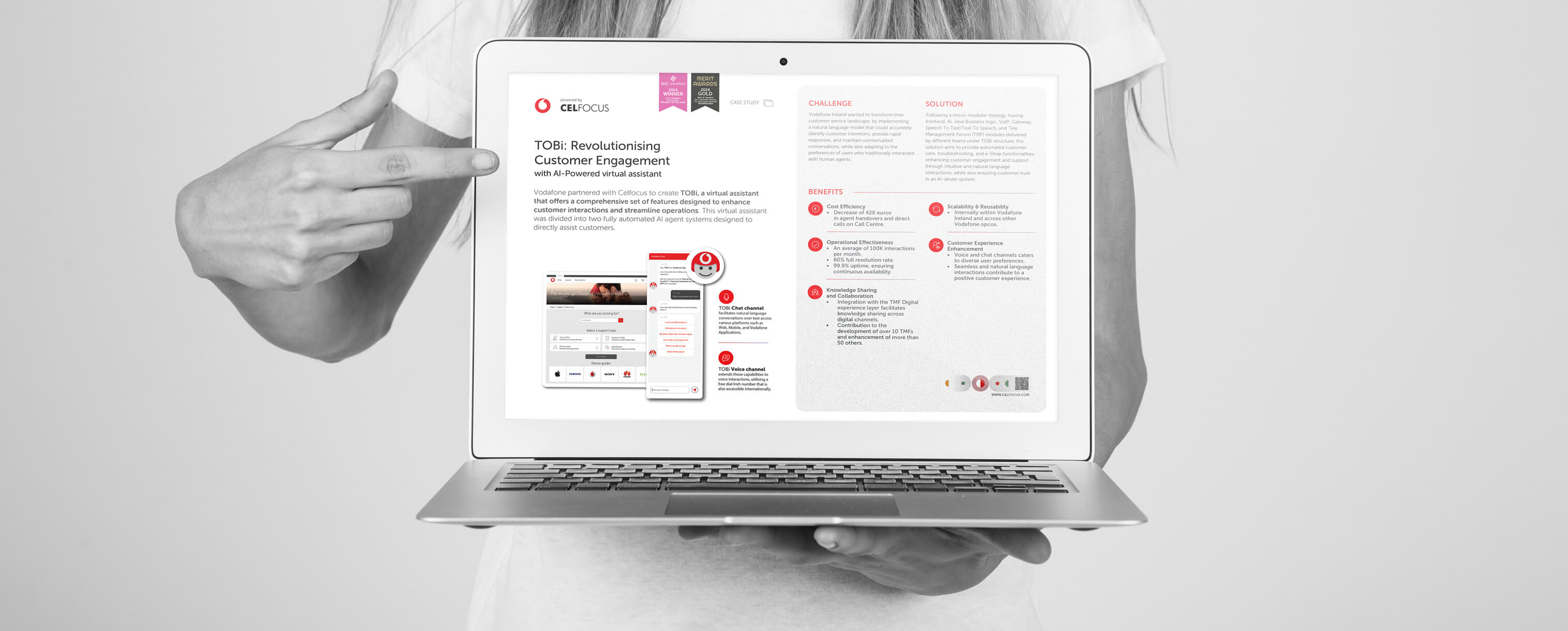|---Module:text|Size:Small---|
In the 2000’s, we saw Telco Companies focusing on customers and having the CRM platforms as the centre of their IT Infrastructures. This was not a marketing decision, but rather a necessity, because the customer opinion was driving the market.
Unlike other industries, Telcos’ primary channel was the call centre, instead of stores. The Telco company that had the best CRM solution was the one that was able to serve their customers better and this way gain market margin. Leveraging on the CRM, Telcos added campaigns and Sales Force automation. This was not the case of other industries – for instance Energy, Transports, Retailing and Finance Institutions –, for which stores and branches continue to be the primary channel for a long time.
In today’s digital world, in which customers want to have everything at their fingertips, this was bound to change. In the last couple of years, we have seen a similar movement in the Financial Services industry: banks and insurance companies are not focusing on the one-to-one relationship with customers. But this evolution is not easy. Financial Institutions, unlike other industries, face an additional challenge: customer trust.
Prior to GDPR, all industries have used customer information and customer behaviour analysis for their own profit, without any relevant negative impact. Customers did not see this as a negative thing (yes, customers were getting a lot of telemarketing, but they were also getting coupons and free stuff). This was acceptable for most industries, but not for Financial Institutions. Customer trust in banks goes beyond money. Banks were supposed to keep customer information safe, like a lawyer, a doctor or a priest. Central Banks have not even had to regulate what information banks could use. Since the loss of customer trust could mean the end of a Financial Institution, no bank risked using this information.
How to use customer information and customer behaviour without breaking customer trust?
Up to the 1980’s, if someone wanted a loan to buy a house or setup a small business, he had to request a meeting with a Branch Manager, present their project and accept whatever conditions presented by the bank. Today, customers have banks competing to provide a loan. Although the relationship has changed, and all banks know it, the way people see banks has not changed that much.
Even today, people still see banks as big rigid entities with little or no care for their customers. This is one of the main reasons why consumer credit companies (e.g. Cetelem, Cofidis) and more recently FinTechs (Shopify, Moven, Revolut) have prospered. Since people do not see these companies as “banks”, they have to worry about the trust concern.
Banks understand the challenge and are working on improving and securing the relationship with their customers. Banks want customers to see them as a partner for life, so they need to deliver additional value. Banks already started 2-3 years ago with less intrusive strategies, such as offering PFE (Personal Finance Experience) solutions, in which customers can see where they are spending money and can get recommendations on how to save some money. This will be followed by other initiatives to increase customer loyalty, being these tailored campaigns or loyalty programs or any other customer journeys.
Like Telcos in the 90’s, banks that can provide an easier, simpler and quicker solution with bigger benefits to customers will have a huge market advantage. This will result in a totally new customer relationship model for financial institutions.






















